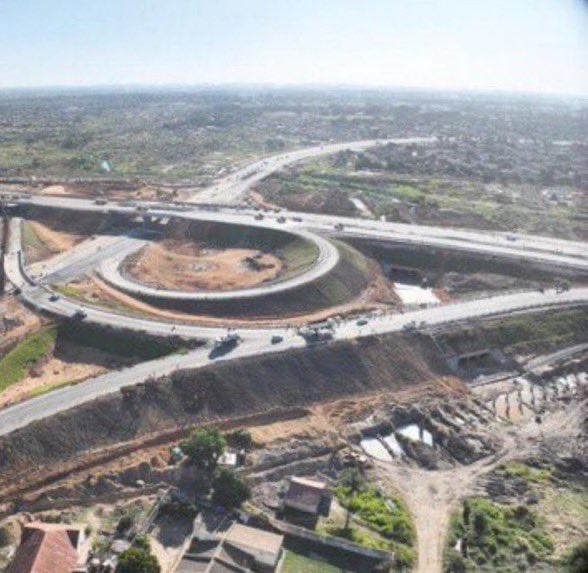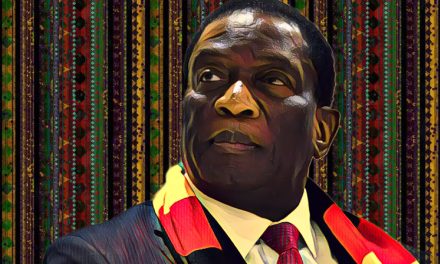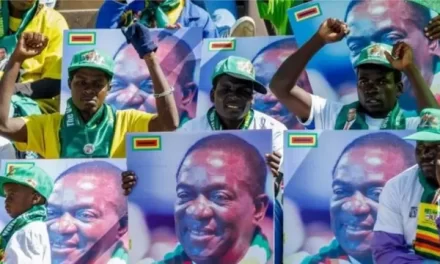By Cde Sikhosana Bambazonke
Welcome to Zimbabwe, humble masses, elite ZANU PF bigwigs, and unpatriotic opposition sympathizers.
A land where electricity is like an eclipse since it comes once in a very long time.
Our doctors are on indefinite spiritual leave. Bread, cooking oil, and fuel are priced like imported gold.
At long last, since Independence, Ruka Chivende has delivered a miracle.
Not clean water from Mukuvisi, not working tower lights in Hopley.
No. A visionary masterpiece: formerly Mbudzi Roundabout, now Trabablas Interchange.
Trabablas Interchange is characterized by one circular road, two exits, three streetlights, 13 bridges, and a thousand CCTV cameras—just in case someone tries to defecate on the monument.
The hype about Trabablad on social media rivals SpaceX’s launch to Mars.
This interchange has had more coverage than Tokwe Mukosi, Gukurahundi, and all the cholera outbreaks combined.
According to Zimbabwe Broadcasting Corporation (ZBC)—the Proper-ganda masters—the interchange is no ordinary road junction. It’s “an orbital revolution in infrastructure development,” the first of its kind in the region.
To the common person, well, it’s just an expensive loop with $88 million worth of cement.
However, to Mwenemutapa, it’s a symbol of industrial resilience.
Like the Mbuya Nehanda statue speaks for Ruka’s legitimacy, the interchange screams: “NDS1 success in concrete form.”
Amidst this hype, Zuvarabuda Primary in Glen Norah decided to hold a school trip at Trabablas to celebrate the nation’s development.
Ironically, their toilets haven’t flushed since 1998.
Teachers have been on continuous strikes since the inception of Y2K.
Textbooks are rarer than relics.
Still, the Ministry of Primary and Secondary Education decided the interchange was better than a science museum or coding workshop.





